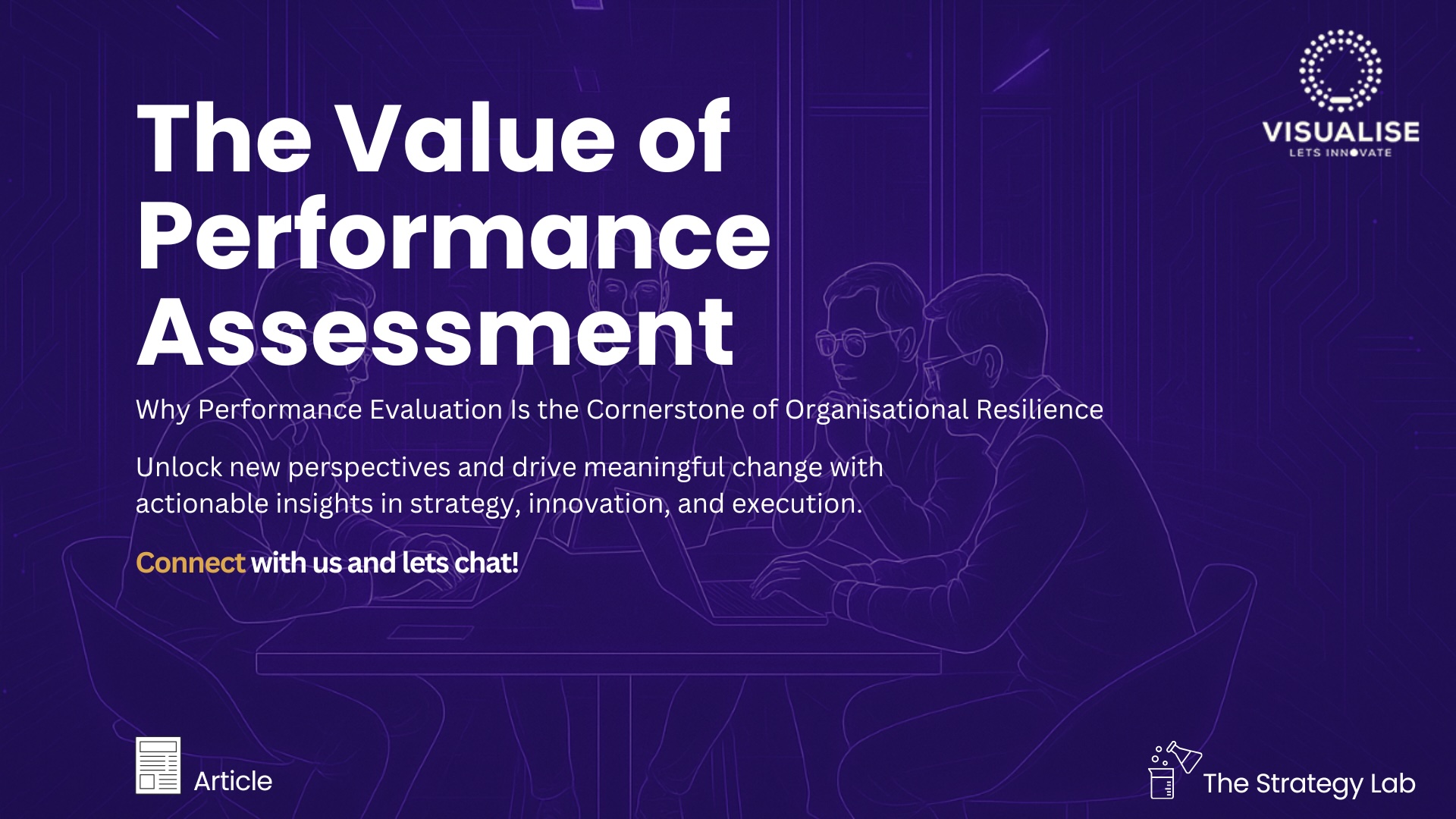Nov11

There’s a pivotal moment in every senior leader’s journey when the focus must shift from doing to developing. For many senior executives, especially those who’ve built their organizations from the ground up, this can feel like handing over the keys to your classic car to a pre-teen who can't reach the pedals.
But here’s the bottom line: if you want to build a leadership pipeline that lasts — one that outlives you and your good work — you must learn to let go.
Stop Being the Decider
Most companies unintentionally stunt leadership development because decisions are made at the top — always. Employees bring questions, managers wait for approvals, and everything funnels up to one or two people who “know best.”
If you’re serious about developing your next generation of leaders, that has to change.
Start by encouraging up-and-coming leaders to make independent decisions. Let them analyze the situation, make a call, and then debrief afterward. When someone takes ownership of a decision — even a small one — they begin to build confidence, judgment, and accountability. Those are the muscles leaders need to develop before they’re handed real authority.
Move from Decision Maker to Coach
It’s easy to stay in the driver’s seat because it’s faster and safer. But leadership development isn’t about efficiency — it’s about long-term competency.
Your role must evolve from primary decision-maker to coach. Instead of telling people what to do, ask open-ended questions* like:
Coaching requires patience, but it creates independent thinkers — the kind who can lead without you standing over their shoulder. Offer feedback, share your reasoning, and provide support when the stakes are high. Over time, you’ll notice that your team starts coming to you not for answers, but for validation that they’re on the right track.
Make Feedback a Habit
Feedback isn’t a once-a-year performance review — it’s a continuous dialogue. Regular check-ins, short debriefs after projects, and strategic one-on-one discussions are the places where real learning happens.
These conversations serve two purposes:
Constructive feedback isn’t criticism; it’s coaching in action. The more often you provide it, the more normalized it becomes — and the faster people grow.
Gradually Step Back
Letting go requires a gradual process of reducing your involvement while staying available for guidance.
Think of it like teaching a teenager to drive. You start in an empty parking lot. Then neighborhood streets. Then the highway. Eventually, they drive alone — but they still know they can call you if they hit a snag.
In business, the same applies. Assign increasingly complex projects, broaden their responsibilities, and let them make decisions that once landed on your desk. Be there when things go wrong (and they will), but resist the urge to swoop in and fix things. Each stumble is part of the learning curve.
But Wait! There’s More: Reinforce Culture and Values
Technical competence is only half the equation. Your future leaders must also embody the culture and values that define your company.
Talk openly about what those values look like in daily decisions. Share examples of when they’ve been tested — and upheld. When leaders act in ways consistent with your company’s core beliefs, it builds credibility, loyalty, and alignment throughout the organization.
Culture isn’t taught through manuals; it’s absorbed through example. The more you model and articulate it, the more naturally your successors will carry it forward.
Letting Go Is the Ultimate Test of Leadership
It’s ironic, isn’t it? The final stage of great leadership is about stepping back, not stepping up. Letting go can feel risky — even uncomfortable — but it’s the only way to ensure that the company, and the people within it, will continue to thrive long after you’re gone.
Start small. Give others room to decide, to act, and to learn. Provide feedback, correction, and context — then let them take it from there.
At the end of the day, the measure of your leadership isn’t how many decisions you made, but how many decision-makers you created.
*Note: An open-ended question, also known as a high-gain question, is one that cannot be answered with a yes or no. The question’s style requires the respondent to share their thinking, feeling, or rationale. This helps you to understand their viewpoint and correct it, or ask another open-ended question to help them refine/expand their thinking, such as: Assume the contingency fund is already used, then what?
Keywords: Entrepreneurship, HR, Leadership
 The Evolution of Artificial Intelligence: From Text Generation to Transparent Agentic Reasoning
The Evolution of Artificial Intelligence: From Text Generation to Transparent Agentic Reasoning In Order to Develop Your Future Leaders — You Need to Let Go
In Order to Develop Your Future Leaders — You Need to Let Go Decision Theaters: When Data Becomes a Disguise
Decision Theaters: When Data Becomes a Disguise Credible Leadership Builds Ecosystem Immunity
Credible Leadership Builds Ecosystem Immunity The Value of Performance Assessment
The Value of Performance Assessment